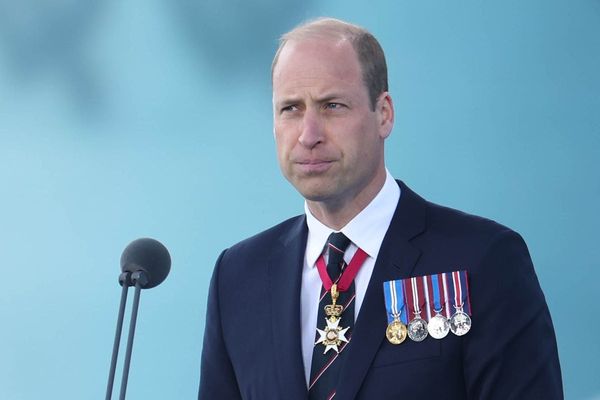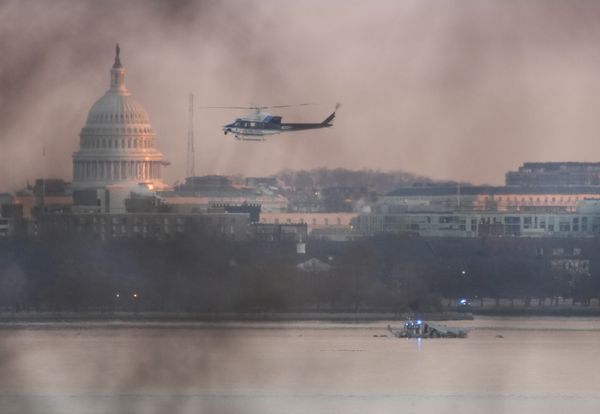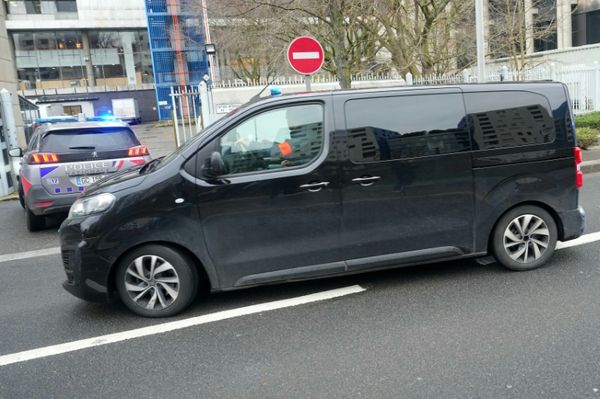Hotel design is often the invisible angel of luxury.

How often do travelers find themselves immersed in an idyllic lobby space or a suite that envelopes them in a womb of creature comfort and also find themselves commenting on exactly who created the space that so exactly matched their deepest travel fantasies?

George Wong has been intuiting and realizing travelers’ hospitality dreams for over 30 years. As the New York lead for the legendary design firm of Yabu Pushelberg from 2002 to 2006, Wong directed design for the Grand Hyatt Hotel in Moscow, the St. Regis Hotel at Bal Harbor, and the ground-breaking, trend-forward Dos Caminos Restaurant in New York City. Prior to re-locating to New York in 1999, Wong founded the firm KWSG in Hong Kong, and had been at key positions with Chhada Siembieda and Partners in Long Beach, California, Chhada Siembieda & Associates, and Dale Keller Associates in Hong Kong. He is known by name by design savvy travelers for his work on the iconic Four Seasons Resort at Jimbaran Bay, Bali, and the Far Eastern Plaza (Shangri-La) Hotel in Taipei.

Today, he helms his own firm, GEORGEWONGDESIGN which is at work on new construction projects of the Edition Hotel Shenzhen, China, the Park Hyatt Mexico City, and the DaDong Restaurant Times Square in New York.


Wong sat down to talk about luxury hospitality design, specifically about how trends like globalization and the gig economy have changed the way luxury travelers inhabit hotel and restaurant space.
“Since the economic downtrend of 2008 and the rise of the gig economy and Airbnb, we’ve seen great changes in travelers design expectations, even if they aren’t conscious ones,” says Wong.
“For one thing, the hotel reception where you’re confronted with bulky check-in counters that divide you from staff is shifting. The Andaz Fifth Avenue pioneered the use of a sculptural island where concierges get around to greet you up close and personal, changing the way lobby space can be used. Hotel guests used to technology that orders them everything from Ubers and Lyfts (one day to be self-driving cars) and food to go have also changed spaces. Hilton was one of the first hotels to do away with food service in the rooms and consequently, lobby food selling spaces have taken prominence.”
Although Wong is mindful that trends influence the industry, the designer says some aspects of luxury stay the same.
“Luxury has become a lot more democratic but some aspects of luxury travel will always speak a certain language. Simply put, when you enter a room and the first impression is that the space of this room is generous, is graciously proportioned, is bright and airy, is calm and uncluttered; you feel a certain air of elegance in your footsteps when you move inside the space,. There is a balance of beauty and quality with everything you see and touch.

“The tone of your voice becomes softer. You speak with a more relaxed pace. You start to notice a very light scent in the background, and thru the window you glimpse a canopy of treetops or the skyline of a city. Luxury is when you feel luxurious about yourself. It is an experience.”
The designer also has pet peeves about hotel design.
His top three:
- No sense of direction. Hotels are about hospitality so it should be intuitive to all visitors in terms of flow and orientation. In other words, good design should be easy for the guests to understand, so they can navigate effortlessly, with minimum amount of directional signage. There is nothing more unwelcoming than a guest not knowing where to go after entering the hotel.
- Clutter. Regardless of its size, the cluttering of any space is another pet peeve of mine. The design of any given space should look and feel roomy, uncluttered, and therefore welcoming to their guests. All too often, cluttering is the result of over-designing, such as competing features, wrong proportions, and over accessorizing.
- Excessively presented room controls. Whether environmental or audio visual, these should be eventually consolidated into one universal hotel room-control app that is integrated into your smart phone. Something as popular and intuitive as Google maps.

Wong, who has traveled to myriad hotels on every continent, has also developed a very personalized ritual for entering a hotel room. The first things the designer does are:
- Put down the key card where it can easily be found (if not digitally operated by smart phone).
- Lay down my jacket either on the chair or on the bed.
- Turn on the lights to their brightest to take in the entire room and get oriented to room controls at the same time.
- Look for outlets to locate a charging hub for devices
- Briefly check the view from the window.
All of these activities have informed the way Wong has designed spaces like the new Edition Hotel in Shenzhen, China, the Courtyard Park Hyatt in Mexico City and the elegantly proportioned DaDong Restaurant in New York City.

“If you don’t feel comfortable in a hotel room or in a restaurant/ bar, you won’t feel that intangible sense of luxury that ultimately comes from inside of you. So I look very closely at how people will be moving around in a particular space and the kind of activities they will be doing while they are there. Then I can create the sense of comfort, ease and elegance that are tailored to their needs, like a bespoke suit or a custom fitted dress.”








